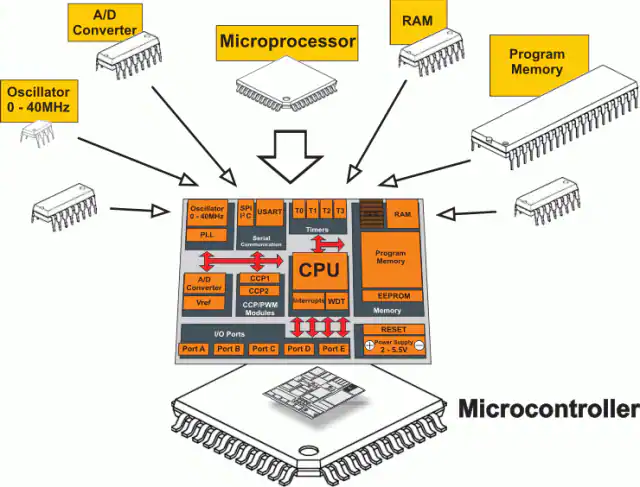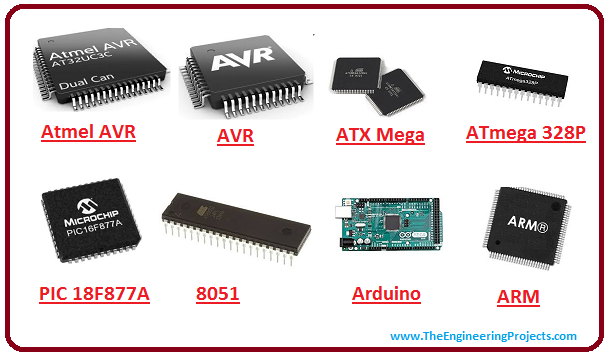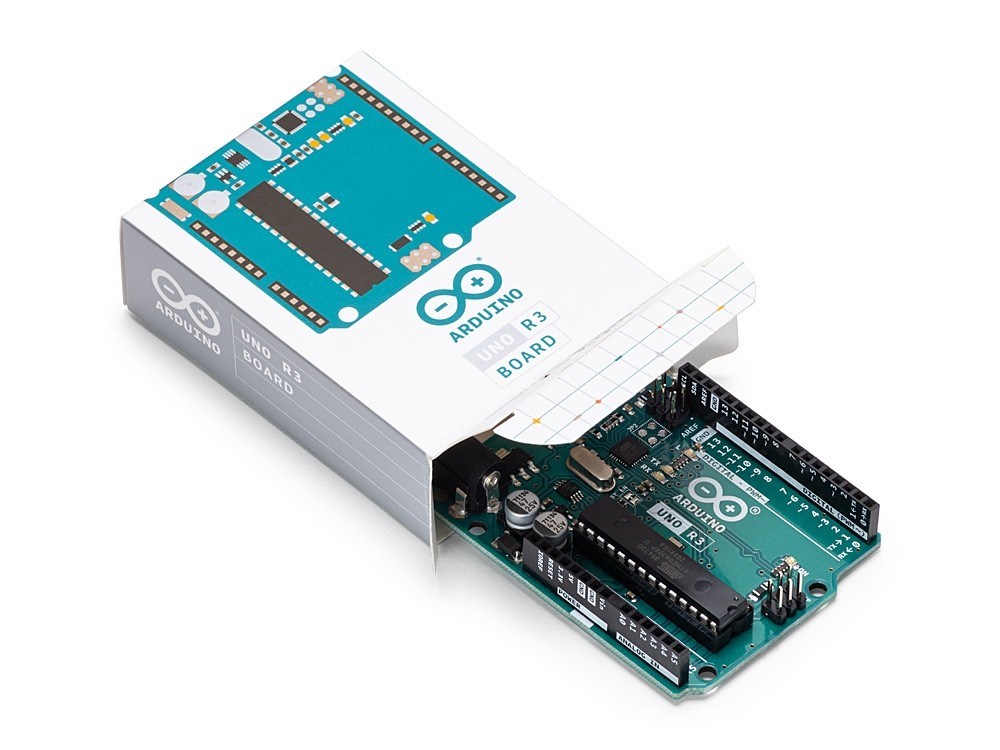Microcontrollers
A microcontroller is a compact integrated circuit designed to govern a specific operation in an embedded system. A typical microcontroller includes a processor, memory and input/output (I/O) peripherals on a single chip.
How do microcontrollers work?
A microcontroller is embedded inside of a system to control a singular function in a device. It does this by interpreting data it receives from its I/O peripherals using its central processor. The temporary information that the microcontroller receives is stored in its data memory, where the processor accesses it and uses instructions stored in its program memory to decipher and apply the incoming data. It then uses its I/O peripherals to communicate and enact the appropriate action.
What are the elements of a microcontroller?
The core elements of a microcontroller are:
- The processor (CPU) -- A processor can be thought of as the brain of the device. It processes and responds to various instructions that direct the microcontroller's function. This involves performing basic arithmetic, logic and I/O operations. It also performs data transfer operations, which communicate commands to other components in the larger embedded system.
- Memory -- A microcontroller's memory is used to store the data that the processor receives and uses to respond to instructions that it's been programmed to carry out. A microcontroller has two main memory types:
- Program memory, which stores long-term information about the instructions that the CPU carries out. Program memory is non-volatile memory, meaning it holds information over time without needing a power source.
- Data memory, which is required for temporary data storage while the instructions are being executed. Data memory is volatile, meaning the data it holds is temporary and is only maintained if the device is connected to a power source.
- I/O peripherals -- The input and output devices are the interface for the processor to the outside world. The input ports receive information and send it to the processor in the form of binary data. The processor receives that data and sends the necessary instructions to output devices that execute tasks external to the microcontroller.
While the processor, memory and I/O peripherals are the defining elements of the microprocessor, there are other elements that are frequently included. The term I/O peripherals itself simply refers to supporting components that interface with the memory and processor. There are many supporting components that can be classified as peripherals. Having some manifestation of an I/O peripheral is elemental to a microprocessor, because they are the mechanism through which the processor is applied.
Other supporting elements of a microcontroller include:
- Analog to Digital Converter (ADC) -- An ADC is a circuit that converts analog signals to digital signals. It allows the processor at the center of the microcontroller to interface with external analog devices, such as sensors.
- Digital to Analog Converter (DAC) -- A DAC performs the inverse function of an ADC and allows the processor at the center of the microcontroller to communicate its outgoing signals to external analog components.
- System bus -- The system bus is the connective wire that links all components of the microcontroller together.
- Serial port -- The serial port is one example of an I/O port that allows the microcontroller to connect to external components. It has a similar function to a USB or a parallel port but differs in the way it exchanges bits.

Microcontroller features
A microcontroller's processor will vary by application. Options range from the simple 4-bit, 8-bit or 16-bit processors to more complex 32-bit or 64-bit processors. Microcontrollers can use volatile memory types such as random access memory (RAM) and non-volatile memory types -- this includes flash memory, erasable programmable read-only memory (EPROM) and electrically erasable programmable read-only memory (EEPROM).
Generally, microcontrollers are designed to be readily usable without additional computing components because they are designed with sufficient onboard memory as well as offering pins for general I/O operations, so they can directly interface with sensors and other components.
Microcontroller applications
Microcontrollers are used in multiple industries and applications, including in the home and enterprise, building automation, manufacturing, robotics, automotive, lighting, smart energy, industrial automation, communications and internet of things (IoT) deployments.
One very specific application of a microcontroller is its use as a digital signal processor. Frequently, incoming analog signals come with a certain level of noise. Noise in this context means ambiguous values that cannot be readily translated into standard digital values. A microcontroller can use its ADC and DAC to convert the incoming noisy analog signal into an even outgoing digital signal.
The simplest microcontrollers facilitate the operation of electromechanical systems found in everyday convenience items, such as ovens, refrigerators, toasters, mobile devices, key fobs, video game systems, televisions and lawn-watering systems. They are also common in office machines such as photocopiers, scanners, fax machines and printers, as well as smart maters, ATMs and security systems.
More sophisticated microcontrollers perform critical functions in aircraft, spacecraft, ocean-going vessels, vehicles, medical and life-support systems as well as in robots. In medical scenarios, microcontrollers can regulate the operations of an artificial heart, kidney or other organs. They can also be instrumental in the functioning of prosthetic devices.
What are examples of microcontrollers?
- Altera
- Analog Devices
- Atmel
- Cypress Semiconductor
- ELAN Microelectronics Corp.
- EPSON Semiconductor
- Espressif Systems
- Freescale Semiconductor
- Fujitsu
- Holtek
- Hyperstone
- Infineon
- Intel
- Lattice Semiconductor
- Maxim Integrated
- Microchip Technology
- National Semiconductor
- NEC
- NXP Semiconductors
- Nuvoton Technology
- Panasonic
And others

What microcontroller do we use in our projects?
We use Arduino Uno R3 microcontroller board based on the ATmega 328P. It has 14 digital input/output pins (of which 6 can be used as PWM outputs), 6 analog inputs, a 16 MHz ceramic resonator (CSTCE16M0V53-R0), a USB connection, a power jack, an ICSP header and a reset button. It contains everything needed to support the microcontroller; simply connect it to a computer with a USB cable or power it with a AC-to-DC adapter or battery to get started.

